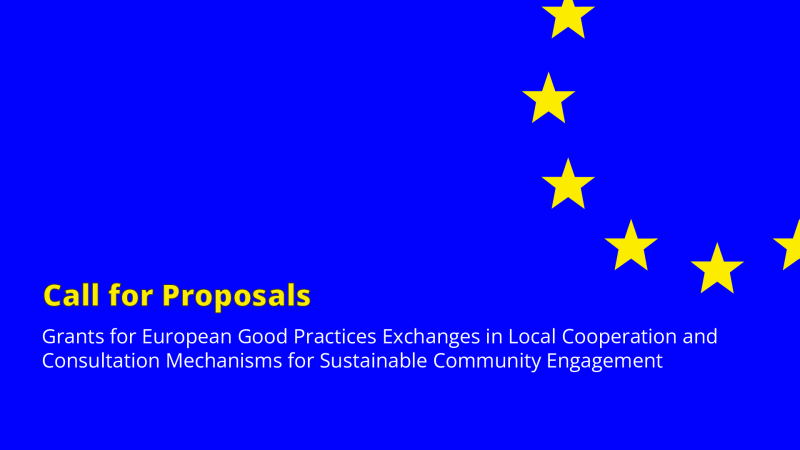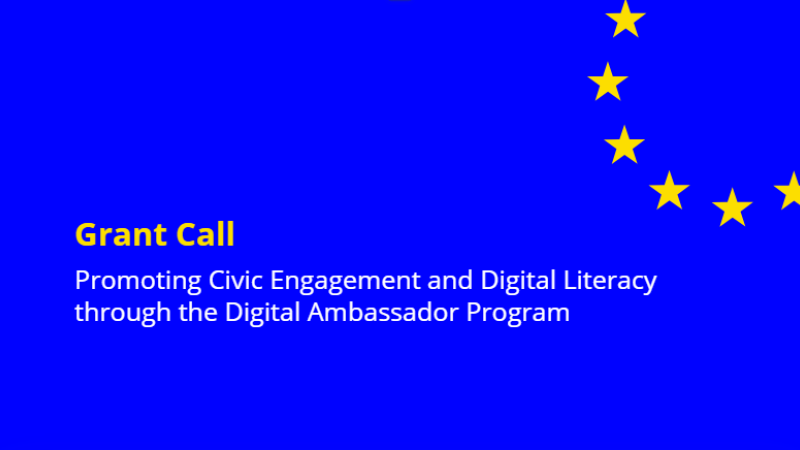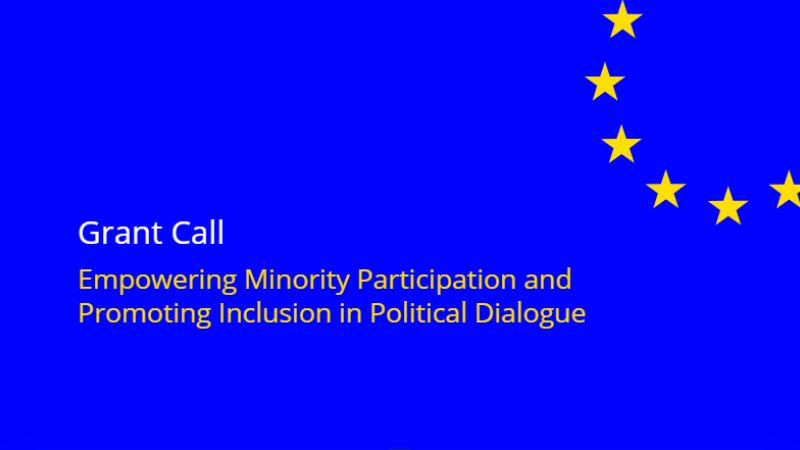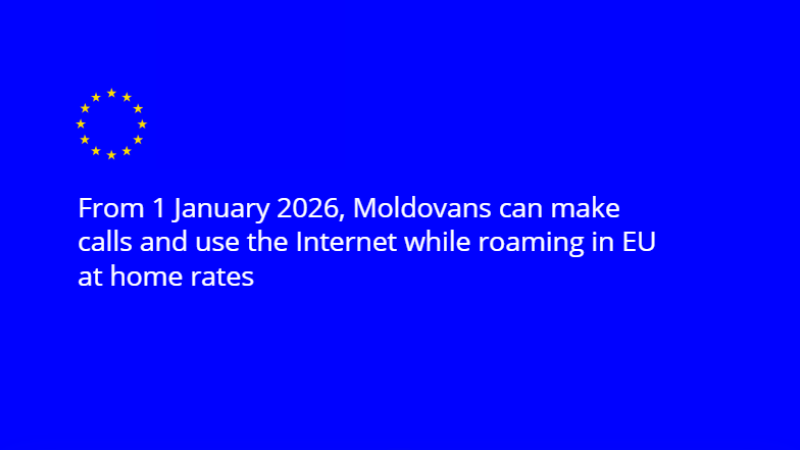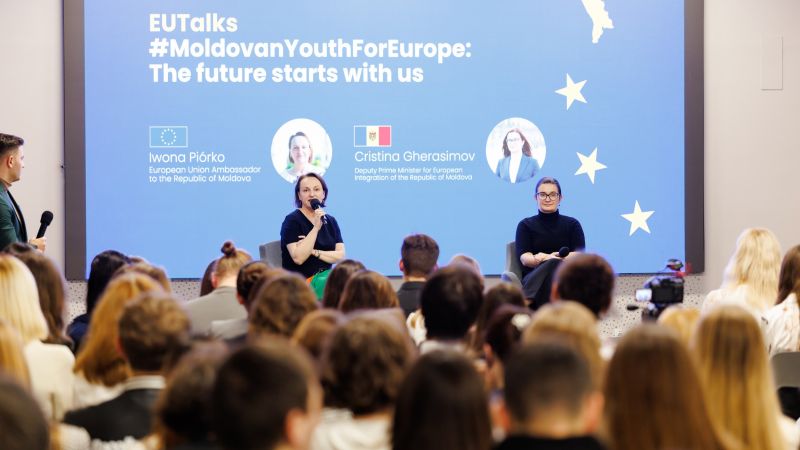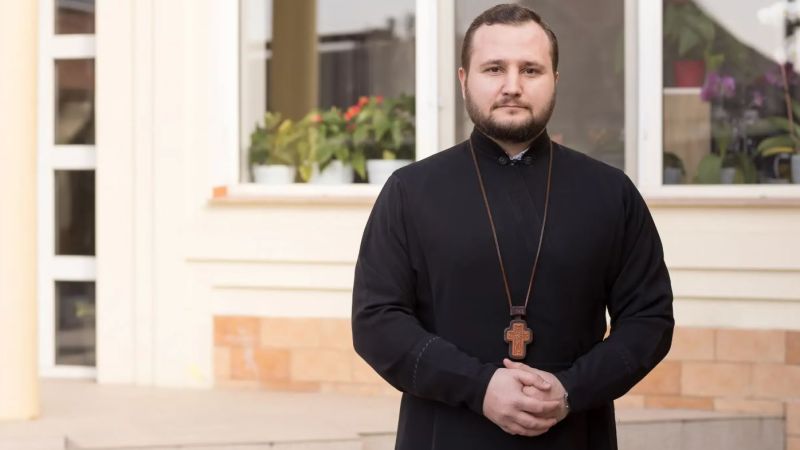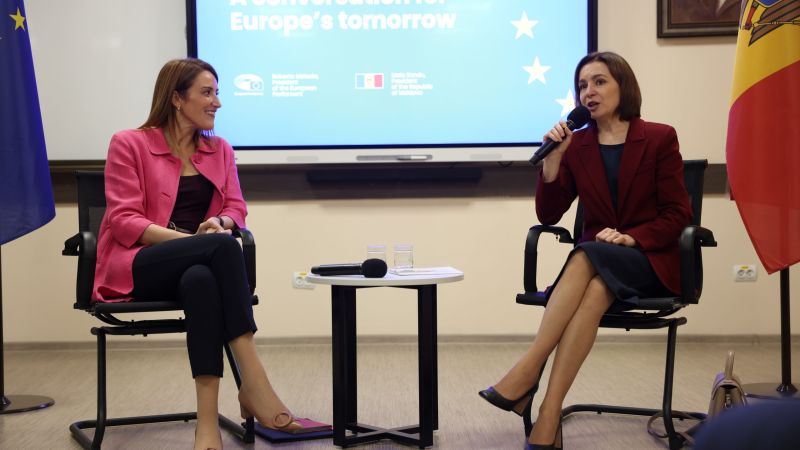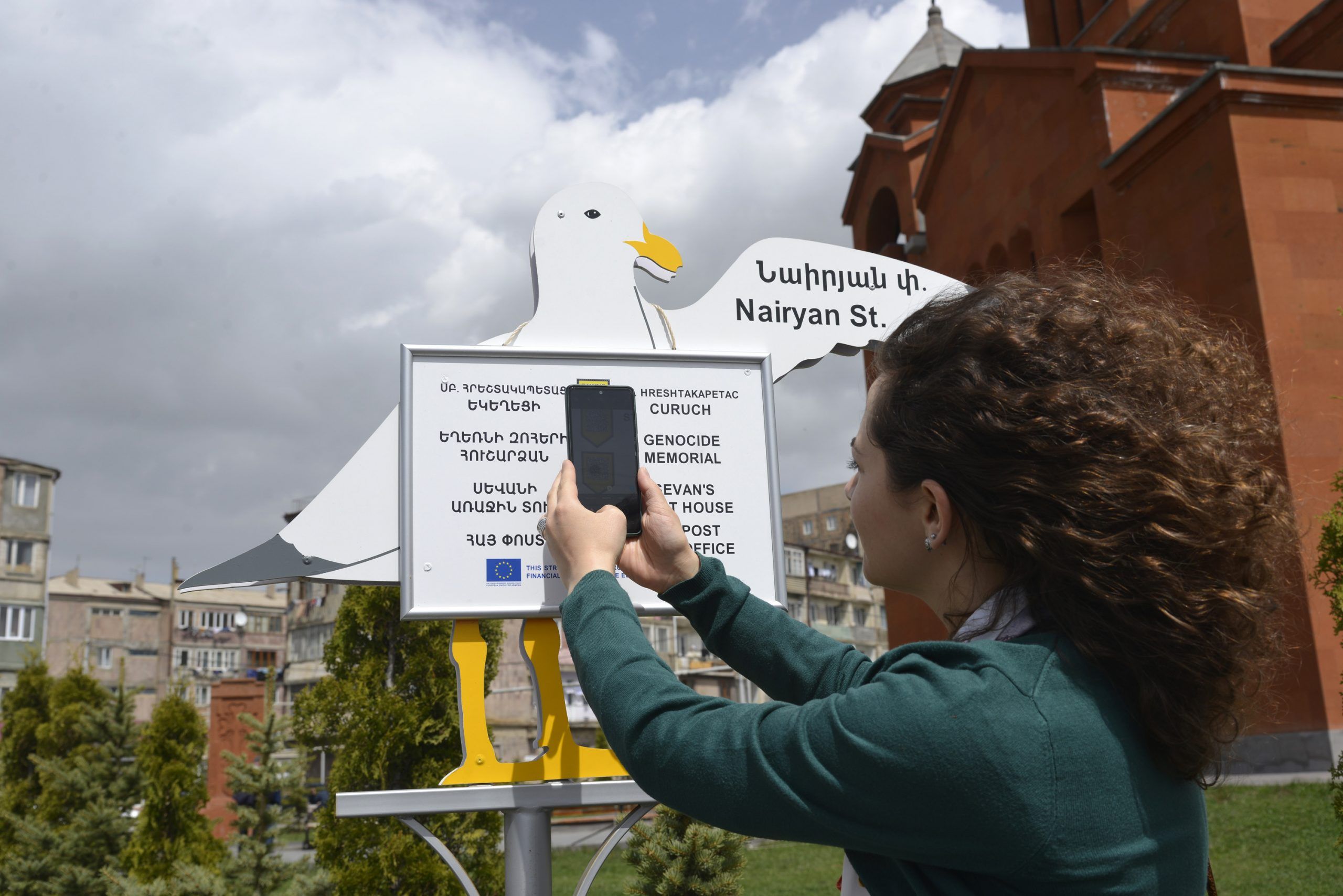
Sevan ‘seagulls’ help tourists find attractions in the city
- Cross-cutting areas
- Civil society
- Economic development & market opportunities
- Mobility & people-to-people contacts
- Culture
The COVID-19 pandemic has dramatically reduced the number of foreign tourists in Armenia. However, the locals of the city of Sevan in the Gegharkunik region of Armenia are still trying to attract local tourists, and now the city’s residents are preparing for the summer holiday season.




The city of Sevan is located on the picturesque lake of the same name. Local tourist initiatives usually encourage tourists coming to the lake also to visit the city of Sevan. In 2020, due to the coronavirus, there were almost no tourists in the city, although the previous year had been very busy. The main holiday season in the high-mountainous Sevan is summer: Sevan is the second highest freshwater lake in the world, after Titikaki, and it warms up slowly.
The main sites of Sevan are the Botanical Garden and the ‘Mashtocner’ Chapel. There are also ancient churches and a sculpture park in the city.
Friend on the way
Mary Sedrakyan, representative of the Sevan Youth Club and coordinator of the EU ‘Friend on the way’ project, highlights the main issue with developing local infrastructure in the city and near the lake: “There is an issue with signs, which has always been especially acute – the lack of signs makes it especially difficult to get around.” During the 30 years since Armenia’s independence from the Soviet Union, no new street signs were installed in Sevan.
“We often met tourists who came to Sevan and couldn’t figure out where to go. So we decided that we need to help them, so that people could find websites, hotels, information on where they are, and some tips on what they could see,” says Mary Sedrakyan.
The ‘Friend on the way’ EU project helped to install 12 new street signs in the form of seagulls, which were chosen as a symbol of the city of Sevan. Seagull-shaped signs not only mark street names, but also point the way to the city’s places of interest. The new signs also have QR codes, which allow anyone to learn more about the local attractions, and one sign is a tourist map that offers a whole range of routes to explore.
Additionally, a map with coloured symbols indicating the historical and cultural routes in the city was installed in one of the most popular tourist spots in Sevan, while a tourist information stand was set up near the Mayor’s office.
The ‘Friend on the way’ project was made possible thanks to the ‘EU for Culture: Strong Local Communities and Initiatives’ programme and the partnership with the Institute for International Cooperation of the Association of German People’s Universities (DVV International). The Youth Club of Sevan became the beneficiary of the project in the city.
Gohar Mnatsakanyan, head of the Sevan Youth Club NGO, says the idea of installing new signs for tourists on the streets of Sevan has been around for a long time, and the EU funding allowed residents to finally put their idea into practice.




Postcard tour
This project covers not only Sevan, but also three municipalities of the Gegharkunik province – Sevan-Lchashen, Gavar-Noratus and Martuni-Madina. Other cities were involved in the project thanks to another idea – that of the ‘postcard tour’, which was developed by the same project.
Tourists receive an envelope with six postcards, which direct them to certain places along the Sevan-Gavar-Martuni route, and through QR codes on the postcards, visitors can get additional information about the landmarks of the three cities. The initial plan was to sell these postcards in popular tourist destinations, for instance, in the vicinity of the Sevan Peninsula. However, due to the coronavirus pandemic, the process had to be postponed.
“Usually, tourists enjoy buying souvenirs and sending postcards to have keepsakes of their travels. Although nowadays we rarely send postcards, it remains a nice tradition. This is why we decided to create not just a postcard, but a kind of assistant. Our postcards contain maps, QR codes and information about tourist sites,” notes Mary Sedrakyan.
The city will blossom
After installing the seagull signs, DVV International, together with Sevan Municipality, installed ordinary street signs in Sevan with the names of streets – what had begun as a small tourist project inspiring the local authorities to improve the urban infrastructure.
While the coronavirus pandemic has significantly affected tourism in Armenia, the project’s leaders are confident that this initiative is beneficial for travellers and a good example for other areas of the country.
Tatev Asryan from DVV International believes that projects like this are most beneficial for the development of Armenian municipalities.



“While developing the project, we did not think solely about the tourists – we also decided to include some components that could benefit residents. In the beginning, when the idea of pointers was still being discussed, we were constantly pondering the reaction to these signs, will people approve them? And after the signs were installed, we constantly receive positive feedback from the residents. This is a great success for us because the project was useful not only for tourists but was also appreciated by the community,” says Tatev Asryan. She believes that this project can be implemented in other municipalities.
Sevan residents indeed appear to be pleased with the innovation. “What seemed like an impossible dream for years has finally become a project and a concrete undertaking that has brought us one step closer to the tourist standards of coastal cities,” says Armine Ghukasyan, who lives in Sevan.
The Mayor of Sevan, Sarkis Muradyan, notes that the signs have given the city a new, more vibrant appearance. “With these signs, the city will blossom with new colours, adding to the number of projects aimed at urban development,” says the Mayor.
The ‘EU for Culture: Strong Local Communities and Initiatives’ project promotes inclusive and sustainable development of the Shirak, Kotayk, and Gegharkunik regions of Armenia by helping civil NGOs and local beneficiaries to identify and use natural, cultural, and human resources to develop local tourism and raise environmental awareness.
Author: Roza Hovhannisyan
Article published in Armenian, Russian and English on Lragir.am
